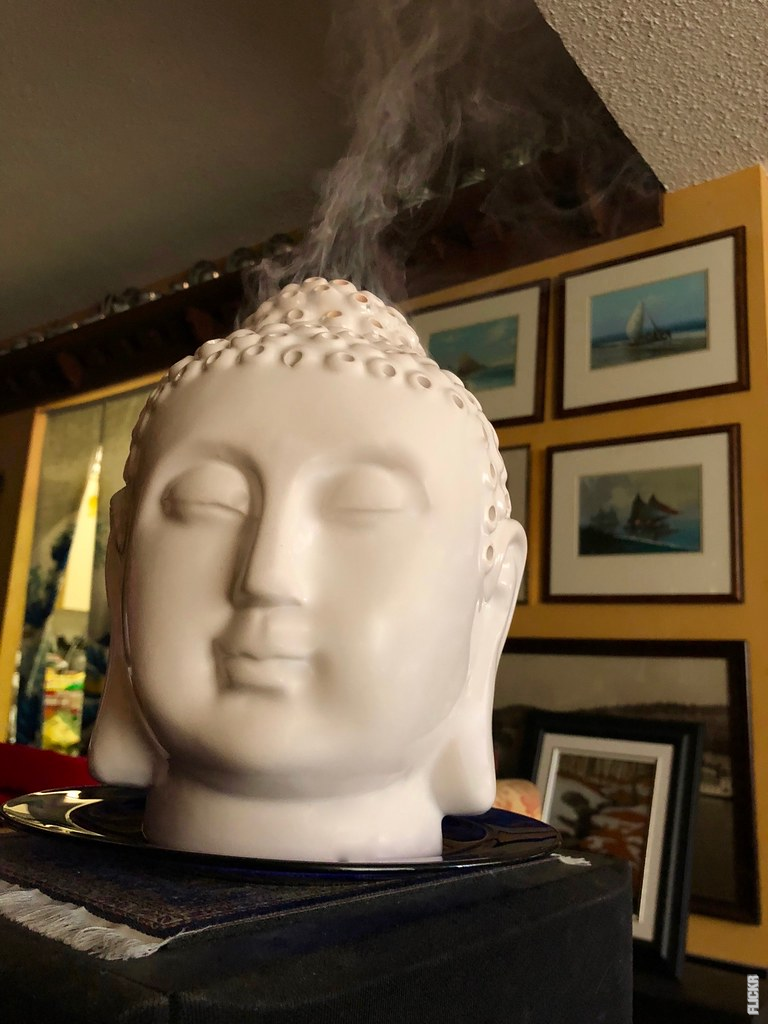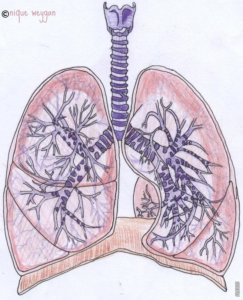The Marvels of Lung Capacity Measurement
Imagine a world where the vastness of our lungs remains a mystery, hidden beneath the surface of our skin. Fortunately, modern science has unlocked the secrets of this vital organ, allowing us to delve into the depths of our respiratory system and measure its capacity. In this article, we will embark on a breathtaking journey through the world of lung capacity measurement.
From Ancient Techniques to Cutting-Edge Technology
Throughout history, humans have been fascinated by the wonders of the human body, including the capacity of our lungs. Ancient civilizations devised various techniques to estimate lung capacity, such as observing the rise and fall of the chest during breathing. However, these early methods lacked precision and accuracy.
In the modern era, the field of respiratory medicine has witnessed remarkable advancements in technology, revolutionizing the way we measure lung capacity. One such innovation is the spirometer, a device that records the volume and flow of air inhaled and exhaled by an individual.
The Spirometer: Unveiling the Secrets of Breathing
The spirometer, a marvel of engineering, plays a pivotal role in measuring lung capacity. This device consists of a mouthpiece and a recording mechanism connected to a computer. When a person exhales forcefully into the mouthpiece, the spirometer measures the volume of air expelled and creates a detailed graph of the breath. This graph, known as a spirogram, provides valuable insights into lung health and function.
By analyzing the spirogram, healthcare professionals can determine several essential lung capacity measurements. One of the most fundamental metrics is the tidal volume, which represents the amount of air inhaled or exhaled during normal breathing. Additionally, the inspiratory reserve volume measures the maximum amount of air a person can inhale after a normal breath, while the expiratory reserve volume quantifies the maximum amount of air exhaled after a normal exhale.
A Glimpse into the Future: Novel Techniques in Lung Capacity Measurement
As technology continues to advance at an exponential rate, new and exciting methods of measuring lung capacity are on the horizon. One promising technique involves the use of imaging technologies, such as magnetic resonance imaging (MRI) and computed tomography (CT), to generate detailed 3D images of the lungs. These images provide a comprehensive view of lung structure and function, allowing for more accurate measurements of lung capacity.
Furthermore, researchers are exploring the potential of biomarkers in breath analysis for assessing lung health. These biomarkers, such as volatile organic compounds, can indicate the presence of certain lung diseases and provide valuable information about lung capacity.
Unlocking the Potential of Lung Capacity Measurement
Understanding lung capacity is not merely an academic pursuit; it has significant implications for human health and well-being. Accurate measurement of lung capacity enables early detection of respiratory conditions, facilitates personalized treatment plans, and empowers individuals to take proactive steps towards maintaining healthy lungs.
So, the next time you take a deep breath, marvel at the intricate mechanisms at play within your respiratory system. Remember, the measurement of lung capacity is not just a scientific endeavor; it is a gateway to a world of possibilities, where knowledge empowers us to breathe life to the fullest.
Post



